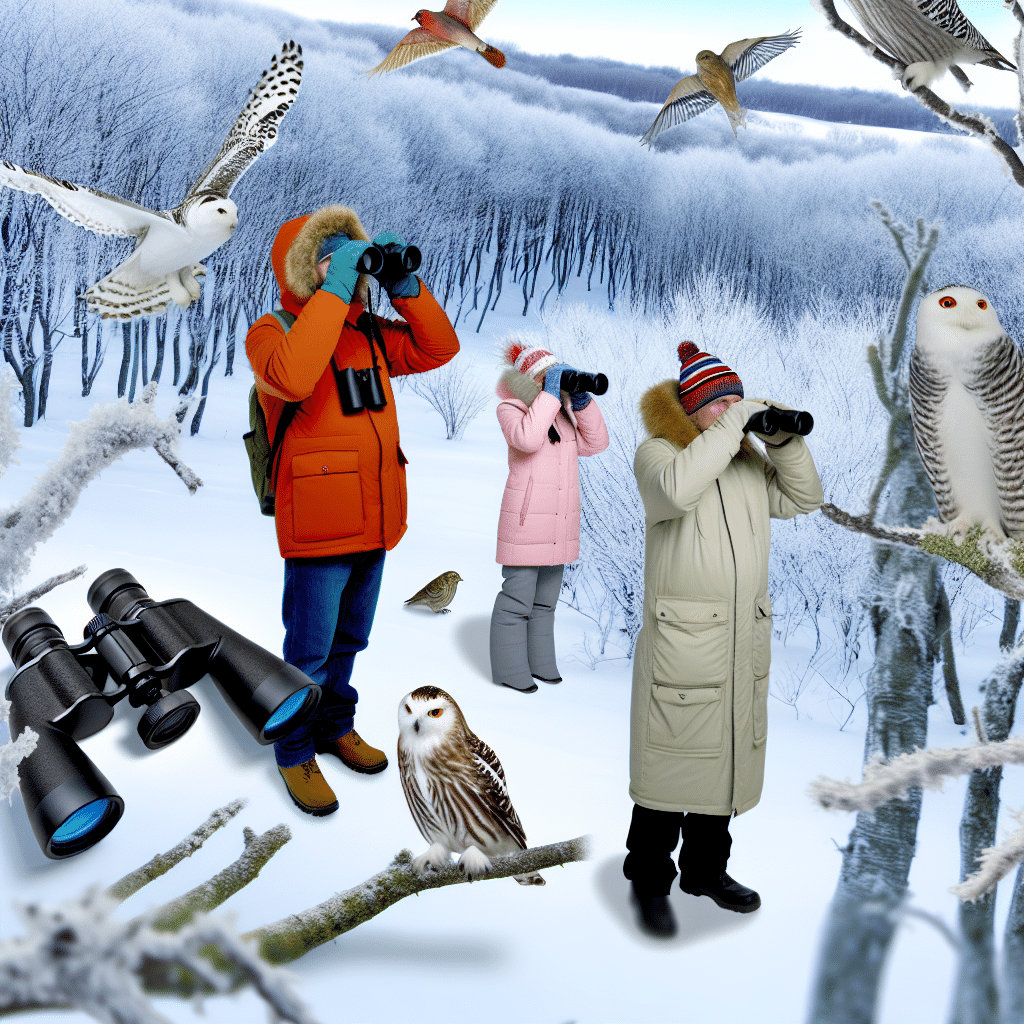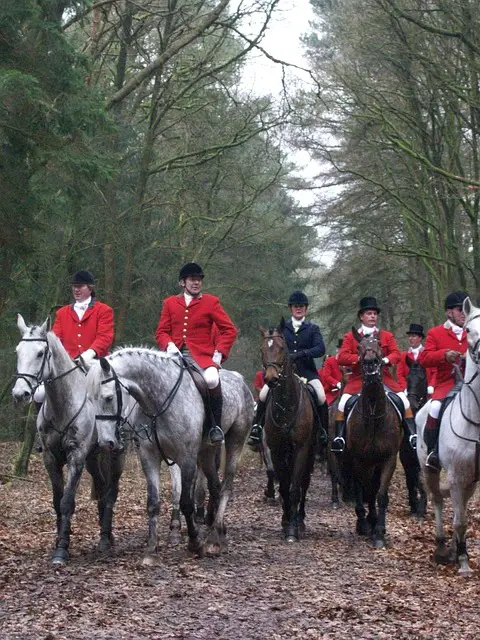Birdwatching isn’t just a spring and summer hobby. When the cold weather sets in, a whole new avian world emerges, offering unique opportunities for enthusiasts to enjoy winter birdwatching. Whether you’re a seasoned birder or just starting out, winter is a magical time to observe birds in a different light.

Why Winter Birdwatching?
You might wonder why anyone would brave the biting cold to go birdwatching in the winter. The answer is simple: winter offers a variety of birds that are either not seen during other seasons or are much easier to spot against the stark, leafless backdrop.
Less Foliage, More Visibility
During winter, most trees have shed their leaves, which makes spotting birds significantly easier. You can observe birds perched on bare branches, making them more visible and photographable.
Unique Species
Winter brings migratory birds that travel south to escape the extreme cold of northern regions. This influx adds diversity to your birdwatching experience. Species like the Snowy Owl, Common Redpoll, and Pine Grosbeak are winter visitors that avid birders eagerly anticipate.
Where to Go for Winter Birdwatching?
Finding the right location is crucial for a rewarding winter birdwatching experience. Certain habitats are particularly favorable for winter birdwatching.
Wetlands and Coastal Areas
Wetlands and coastal areas remain relatively abundant in food resources even during the winter, attracting a variety of bird species. Ducks, geese, and swans are often found in these regions, along with shorebirds like sandpipers and plovers.
Forests and Woodlands
Forests and woodlands can be excellent spots for observing birds like woodpeckers, nuthatches, and chickadees. These birds are adapted to foraging in the bark of trees and can be easily spotted in quieter, less crowded forest trails.
Urban Parks and Backyards
Don’t underestimate the potential of urban parks and even your own backyard. Many birds, including cardinals, blue jays, and sparrows, are frequent visitors to bird feeders during winter. Setting up a bird feeder with diverse food options can attract a variety of species.
Essential Gear for Winter Birdwatching
Being well-prepared is key to enjoying winter birdwatching. Proper gear ensures that you remain comfortable and safe while exploring different habitats.
Warm Clothing
Layering is crucial for maintaining warmth. Opt for moisture-wicking base layers, followed by insulating layers like fleece or down, and a waterproof outer layer to protect against wind and snow. Don’t forget a warm hat, gloves, and thermal socks.
Binoculars and Spotting Scopes
A good pair of binoculars or a spotting scope is indispensable. Winter lighting can sometimes be dim, so choose optics with good low-light performance. Look for models that are waterproof and fog-resistant.
Field Guide and Notebook
Carry a field guide specific to your region to help with bird identification. A notebook is also useful for jotting down observations, behaviors, and locations.
Tips for a Successful Winter Birdwatching Trip
Maximizing your winter birdwatching experience involves a few strategic tips.
Time of Day
Birds are generally more active during the early morning and late afternoon. Plan your trips around these times for the best chances of spotting various species.
Be Patient and Quiet
Winter birdwatching requires patience and silence. Birds are more skittish in the cold, so minimize noise and sudden movements to avoid startling them.
Provide Food and Water
In your backyard, providing food and water can attract a variety of birds. Use a mix of seeds, suet, and fruits to cater to different species. Ensure that water sources are not frozen, as liquid water is scarce in winter.
Conclusion
Winter birdwatching offers a unique and rewarding experience that is distinct from birdwatching in other seasons. The clear visibility, unique species, and serene landscapes create an enchanting atmosphere for bird enthusiasts. With the right gear, locations, and a bit of patience, winter birdwatching can become a cherished part of your birding activities. So, bundle up, head out, and immerse yourself in the winter wonderland of birds!



